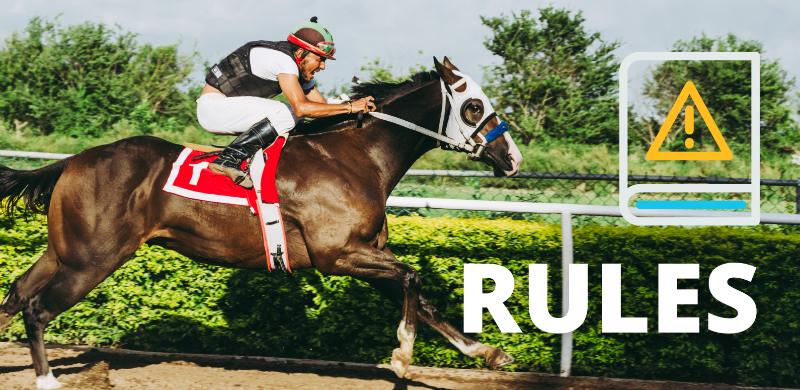Horse racing is one of the ancient games around the globe. It is a game that generally involves two or more horses ridden by jockeys or sometimes without jockeys over a competition. In the UK, horse racing was acknowledged in the 18th century and it’s almost 200 years since this sport came to India. Horse races gained popularity in Australia, the UK, Hongkong, China, and Japan.
Different types of sports bets
In North American racing, there are three ways to bet on horse racing:
- The first type of betting is a bet to win which is called a straight bet. In this betting, betting money on a horse. If the horse wins the race, the bettor is the winner.
- In a bet to place, you are stalking your horse to get the first or second position in the race.
- A bet to show is a betting process through which a bettor wins the race if the horse gets 1st /2nd/3rd place.
Types of horse racing
There are several ways of horse racing. These are discussed briefly below.

- Flat racing: when horses run very fast directly between two points which are surrounded by a straight or oval track.
- Jump racing: Jump racing is also called steeplechasing where horses race over hurdles.
- Harness racing: horses run at a pace.
- Endurance racing: where horses cover long distances across the country.
- Saddle trotting: where horses run at a pace from the point of commencement to the ending point under saddle.
The horse racing rules
- To finish the race, the rider needs to cross the finish line on his horse.
- Riders need to follow the given course and they should ride safely on a horse.
- If the rider tells that the horse has run away before the beginning of the race. Then it will be considered as a false race.
- The amount of prize money is distributed among the 1st, 2nd, and 3rd rank holders based on the nature of the particular race.
- If the winner cannot be selected by the decision-making procedure, dead-heat rules only settle the undisputed matter. When the two horses cross the winning line at the same time and winners cannot be decided with the naked eye, the dead heat rule is applied in this situation.
- The horse race starts with the flag in any exceptional situation irrespective of any kind of race or sports manager permitted for that.
- Stewards’ decision is the ultimate decision regarding winning the race.
Horse racing rules for jockeys

- Weight restrictions: Jockeys must weigh a certain amount based on the race and the horse they are riding.
- Drug testing: Jockeys must submit to drug testing before and after races to ensure they are not using any prohibited substances.
- Equipment: Jockeys must wear a helmet, boots, and other protective gear while racing.
- Whip use: Jockeys can only use the whip a certain number of times during a race, and only in certain areas of the horse’s body.
- Conduct: Jockeys must adhere to strict codes of conduct on and off the track, including respecting other competitors and following racing regulations.
- Racing tactics: Jockeys are responsible for making strategic decisions during a race, such as when to make a move or pull back on the reins.
- Injuries: If a jockey falls off a horse or is injured during a race, they must receive medical attention and may not participate in any subsequent races until cleared to do so by a doctor.




